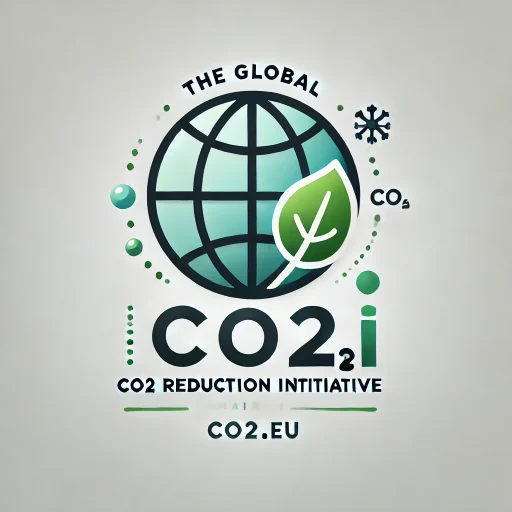Carbon Reduction Activities in Europe: August 11 – August 17, 2025
Executive Summary: The European Union continues to lead in global climate action by setting ambitious carbon reduction targets and exploring innovative mechanisms. Recent initiatives focus on achieving a 90% reduction in emissions by 2040, incorporating international carbon credits, and balancing environmental goals with economic growth. These efforts are crucial for enhancing Europe’s resilience to climate change and supporting global mitigation efforts.
Introduction
In the week of August 11 to August 17, 2025, the European Union (EU) continued its efforts to advance climate action by announcing new initiatives aimed at reducing carbon emissions. These initiatives are part of the EU’s broader strategy to achieve climate neutrality by 2050, as outlined in the European Green Deal and the European Climate Law. This report provides a comprehensive overview of these activities, highlighting key developments and their implications for Europe’s climate action strategy.
Key Developments
2040 Emission Reduction Target
The EU has set a new emissions reduction target for 2040, aiming for a 90% reduction in greenhouse gas emissions compared to 1990 levels. This target is part of the EU’s commitment to achieving climate neutrality by 2050. The proposal includes the use of international carbon credits, allowing member states to count carbon reductions from non-EU countries towards their targets. This approach is designed to provide flexibility and support economic growth while maintaining environmental goals.
Member State Reactions
The proposal has sparked debate among EU member states. Some countries, such as the Czech Republic, view the 90% target as unrealistic, while others, like Italy and Hungary, are concerned about the economic impact of decarbonizing heavy industry. France has expressed doubts about the feasibility of reaching the target and seeks guarantees for the decarbonization of industry and support for nuclear energy.
Inclusion of International Carbon Credits
For the first time, the European Commission has permitted the use of international carbon credits in achieving an emissions reduction target. These credits, achieved outside of the European Union but traded under the Paris Agreement, can count as action towards the EU’s target. Their contribution will only be applicable between 2036 and 2040 and will be capped at 3 percent, which the Commission has described as striking the right balance between domestic action and international cooperation.
Reactions from Environmental Organizations and Think Tanks
Many environmental organizations see the inclusion of flexibilities as a weakening of the target. There is hesitation about including international carbon credits, but one consistent call is for the EU to ensure these meet strict criteria if they are used. Environmental groups, like Climate Action Network Europe, also want the EU to reach its climate neutrality goal 10 years earlier than planned and have criticized the EU for not aiming for this.
However, several think tanks have applauded the message sent to the international stage. Strategic Perspectives has said that it sends a strong signal that combining economic prosperity, safeguarding people’s well-being, and a just transition away from fossil fuels is doable. Meanwhile, the Centre for European Policy Studies points to its importance ahead of the EU-China summit at the end of this month, as China is yet to produce its new climate goal.
Conclusion
The EU’s recent announcements underscore its dedication to leading global climate action. By setting ambitious targets and exploring flexible mechanisms, the EU aims to balance environmental sustainability with economic growth, ensuring a resilient and competitive future for Europe.


Recent Comments